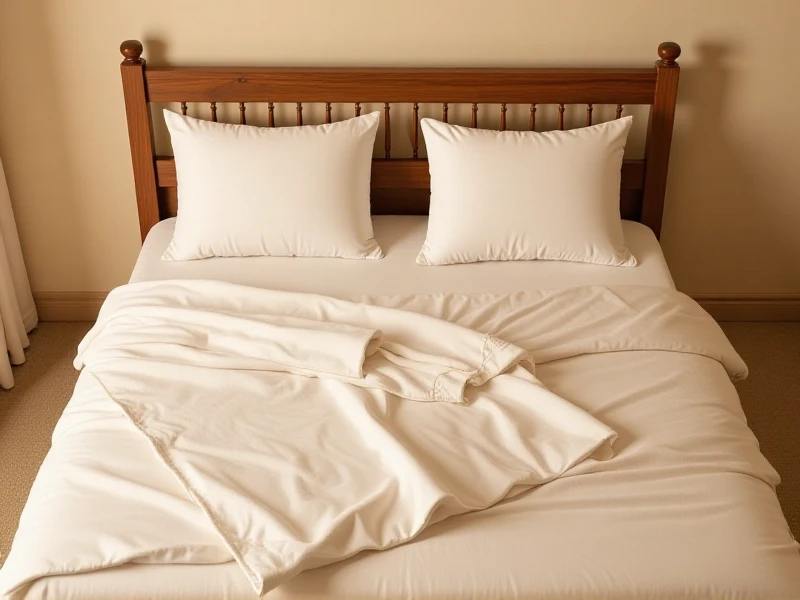
The Essential World of Textiles: How They Shape Our Lives
Textiles weave into every aspect of our daily existence, from the clothes we wear to the furnishings that make a house a home. These versatile materials have rich histories and continue to evolve with innovations that meet modern needs. In this guide, we explore the journey of textiles, diving into their origins, diverse types, and impactful applications, all while highlighting how they adapt to today's world.
First off, textiles boast a fascinating past. Humans started crafting threads thousands of years ago, with early civilizations using natural fibers like flax and cotton for clothing. Over the centuries, key advancements like the spinning jenny and automated looms during the Industrial Revolution transformed textiles from artisanal crafts to mass-produced goods. Now, the sector supports global economies, with regions specializing in unique techniques such as Indian block printing or Chinese silk weaving.
Moving on, textile types are more varied than ever. Natural fibers, including wool, cotton, and silk, remain popular for their breathability and comfort. On the flip side, synthetic options like polyester and nylon bring durability and affordability, perfect for sportswear or outdoor gear. Innovations have led to functional textiles, such as moisture-wicking fabrics for athletes and flame-retardant materials for industrial safety. Each category has its niche, ensuring textiles cater to specific functions while pushing creative boundaries.
In today's life, textiles play crucial roles. They dominate the fashion world, where designers mix styles for sustainable collections that reduce waste. Beyond attire, textiles enhance home décor through elegant curtains, plush carpets, and ergonomic furniture. The rise of "smart" textiles even integrates technology, like fabrics with heating elements for cold climates or monitoring systems in healthcare garments. The versatility of textiles makes them indispensable for comfort and innovation across industries.
Looking ahead, sustainability drives the textile industry. Concerns over environmental impact fuel trends like recycling, biodegradable options, and eco-conscious dyeing processes. Brands now prioritize materials like organic cotton and bamboo silk to lower carbon footprints. This shift not only meets consumer demands for greener products but also inspires a circular economy where textiles get new life. The future holds exciting developments, from lab-grown fibers to digital printing that minimizes waste.
Ultimately, textiles remain a timeless pillar of human culture. As we embrace advancements, staying informed about textile choices empowers consumers and industries alike. Let's celebrate the ingenuity behind every thread and fabric, as they continue to thread through our progress.